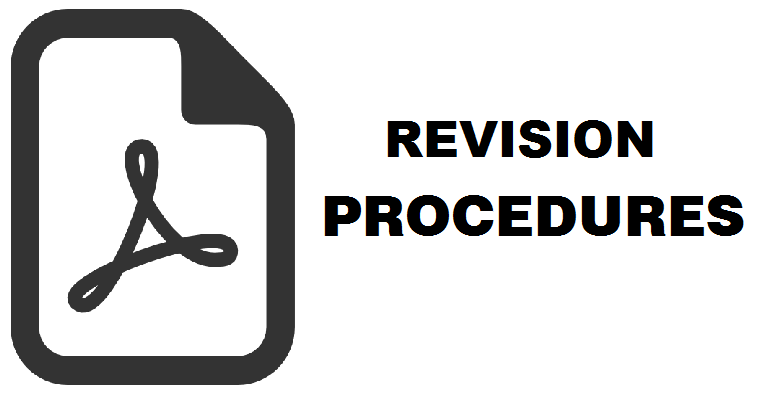Ketersediaan dan Kualitas Airtanah pada Akuifer Tidak Tertekan Di Kecamatan Jawilan dan Kopo, Kabupaten Serang
Setyawan Purnama(1*)
(1) Faculty of Geography, Universitas Gadjah Mada, Yogyakarta
(*) Corresponding Author
Abstract
Tujuan dari penelitian ini adalah (1) mengetahui sistem akuifer di daerah penelitian, (2) menghitung ketersediaan airtanah pada akuifer tidak tertekan dan (3) menganalisis kualitas airtanahnya. Sistem akuifer diketahui dengan melakukan interpretasi data geolistrik. Potensi akuifer tidak tertekan dihitung secara kualitatif melalui skoring dan tumpang susun antara Peta Kedalaman Muka Airtanah, Peta Fluktuasi Airtanah dan Peta Kualitas Airtanah. Volume akuifer ditentukan berdasarkan perkalian antara luas wilayah masing-masing potensi dan tebal akuifer. Ketersediaan airtanah dihitung berdasarkan asumsi aliran airtanah statik, sedangkan hasil aman pengambilan airtanah ditentukan berdasarkan parameter fluktuasi airtanah, luas akuifer dan spesifik yield. Kualitas air dianalisis berdasarkan pengambilan sampel air pada sumur gali. Hasil penelitian menunjukkan bahwa di daerah penelitian ditemukan adanya akuifer semi tertekan dan akuifer tidak tertekan. Ditinjau dari potensinya, ketersediaan airtanah pada akuifer tidak tertekan sebesar 1.205.967.345 m3, dengan hasil aman pengambilan airtanah sebesar 54.585.307 m3/tahun. Untuk kualitas air, secara umum baik, meskipun beberapa parameter seperti kalsium, magnesium, mangan dan COD kadarnya telah melampaui baku mutu di beberapa sampel.
ABSTRACT The objectives of the research are (1) knowing the aquifer system in research area, (2) calculate groundwater availability in unconfined aquifer and (3) analysis the groundwater quality. Aquifer system is known by interpretation of geoelectric data. Groundwater potency is calculated qualitatively by scoring and overlay of Groundwater Depth Map, Groundwater Fluctuation Map and Groundwater Quality Map. Aquifer volume is calculated by multiplied area width of each potency and aquifer thickness. Amount of groundwater is calculated base on static groundwater flow assumption, whereas safe yield of groundwater exploitation is determined base on parametre groundwater fluctuation, aquifer width and specific yield. Groundwater quality are analized by groundwater samples that taken from dug well. Result of research show that there are two aquifer type in research area i.e. semi confined aquifer and unconfined aquifer. The potency of unconfined aquifer is 1.205.967.345 m3, with safe yield 54.585.307 m3/year. For groundwater quality, generally good, although some parameters have concentration exceeded the standard in some samples such as calcium, magnesium, manganese and COD.
Keywords
Full Text:
PDFReferences
Fenta A A & Kifle A. (2014). Spatial Analysis of Groundwater Potential Using Remote Sensing and GIS-Based Multi-Criteria Evaluation in Raya Valley, Nothern Ethiopia. Hydrogeology Journal 23 (2015) : 195-206. Fontana M., Grassa F., Cuisimano G & Favara R. (2008). Geochemistry and Potential Use of Groundwater in The Rocca Busambra Area (Sicily, Italia). Environ Geol 57 (2016) : 885-898. Kumar T., Gautam A K & Jhariya D C. (2016). Multi-Criteria Decision Analysis for Planning and Management of Groundwater Resources in Balod District, India. Environ Earth Sci 75(649) : 1- 16. Moench, A.F and Barlow, P.M. (2000). Aquifer Response to Stream-Stage and Recharge Variations. I. Analytical Step-Response Functions. Journal of Hydrology 230 (2000) : 192-2010. Naghibi S A & Pourghasemi H A. (2015). GIS-Based Groundwater Potential Mapping Using Boodted Regression Tree, Classification and Regression Tree and Random Forest Machine Learning Models in Iran. Environ Monit Asses 188 (44) : 1-25. Purnama S. (2008). The Potential of Rainfall and Its Impact to Groundwater Storage in Java Island. Indonesian Journal of Geography 40 (2) : 153-166. Purnama S. (2010). Hidrologi Air Tanah. Kanisius, Yogyakarta. Purnama S & Marfai M A. (2012). Saline Water Intrusion toward Groundwater : Issues and its Control. Journal of Natural Resources and Development 2012 (02) : 25-32. Purnama S. (2017). Dinamika Kedudukan Interface di Pesisir Kabupaten Kebumen, Jawa Tengah. Majalah Geografi Indonesia 31 (2) : 1-7. Richards K., Revil A., Jardani A., Henderson F., Batzle M & Haas A. (2010). Pattern of Shallow Groundwater Flow at Mount Princeton Hot Springs, Colorado, Using Geoelectrical Methods. Journal of Volcanology and Geothermal Research 198 (2010) 2017-232. Rushton, K.R. (2003). Groundwater Hydrology : Conceptual and Computational Models. John Wiley & Sons Ltd, The Atrium, Southern Gate, Chichester, West Sussex Todd, D.K. and L.W. Mays. (2005). Groundwater Hydrology. John Wiley & Sons, New York. Wamalwa AM., Serpa L F & Doser D I. (2011). Investigations of Groundwater Flow Assosiated with The Saratoga Warm Springs and The Tecopa Hot Springs Near Death Valley, California, Using Magnetic and Conductivity Methods. Tectonophysics 502 (2011) : 267-275. Waikar M L & Nilawar A P. (2014). Identification of Groundwater Potential Zone Using Remote Sensing and GIS Technique. International Journal of Innovative Research in Science Engineering and Technology 3 (5) : 12163-12174. Zohdy A.A.R, Eaton G.P and Mabey D.R. (1980). Application of Surface Geophysics to Groundwater Investigation. Washington : United States Department of The Interior.
Article Metrics
Refbacks
- There are currently no refbacks.
Copyright (c) 2019 Majalah Geografi Indonesia

This work is licensed under a Creative Commons Attribution-ShareAlike 4.0 International License.
Volume 35 No 2 the Year 2021 for Volume 39 No 1 the Year 2025
ISSN 0215-1790 (print) ISSN 2540-945X (online)








